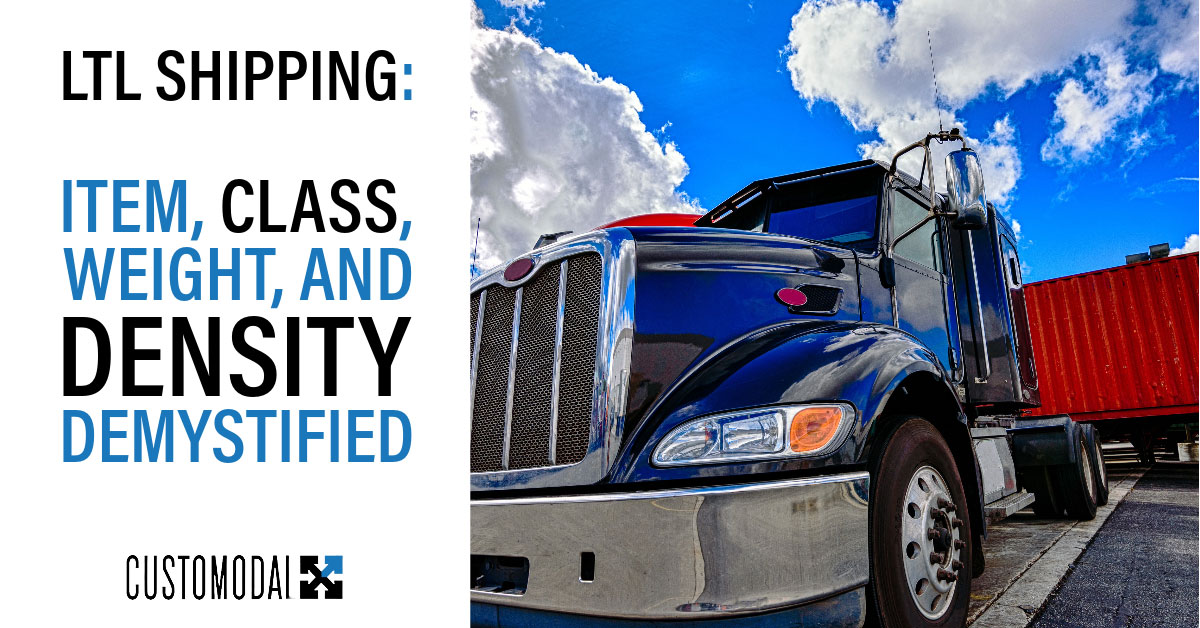Insider’s Guide to LTL Shipping: Item, Class, Weight, and Density Demystified
LTL Shipping Explained
Navigating the intricacies of LTL (Less Than Truckload) rates involves a delicate interplay among several factors. For both novices and seasoned shippers, understanding the correlation between Item, Class, Weight, and Density often poses a significant challenge. Let’s delve deeper into this complex web of variables.
ITEM: The foundation of LTL shipping lies in the National Motor Freight Classification (NMFC) item number and its corresponding definition. The NMFC guide, a vast tome spanning hundreds of pages, meticulously delineates the specifics of shipped items. It ranges from minute, excruciating details to broader strokes of description. Everything, from how an item is packaged (boxed, loose, standing, or collapsed on a pallet), to discerning between a pallet and a skid, involves a blend of science and art. Determining the correct NMFC code for a shipment is a nuanced task, further complicated by periodic changes. The NMFC revises a subset of items every quarter, with a noticeable shift in recent years toward density-based classes from traditional “flat” classes.
CLASS: The Class assigned to an item is a numerical indicator on a scale managed by the NMFC organization. Ranging from the “best” at 50 to the “worst” at 800, this classification system significantly influences shipping costs. In a simplistic scenario where all other variables remain constant, a Class 100 shipment costs twice as much as a Class 50, and a Class 200 incurs double the cost of a Class 100. Strategic alterations in product and packaging characteristics can often lead to an improvement in an item’s class assignment.
WEIGHT: Weight encompasses the total weight of the shipment, inclusive of its packaging. For motor carriers, this denotes the portion of a standard trailer’s weight capacity that the shipment will occupy. LTL carriers, operating fixed capacities for pickup, delivery, and linehaul routes in the short term, confront limitations on how much they can haul on any given day. Historically, carriers favored heavier freight, though this paradigm notably shifted during the upheavals of the Covid era.
DENSITY: A pivotal metric, density signifies the weight per cubic foot of a shipment. The relationship between a carrier’s network weight capacity and volume capacity hinges on density. A thousand pounds of steel might possess a high density (roughly 50 lbs/cubic foot), whereas the same weight of styrofoam peanuts might register a density as low as 2. Lower density implies more space consumption relative to the weight of the shipment.
RATE: The rate signifies the price assigned to a particular shipment. Carriers today employ cutting-edge technology to optimally balance the freight they transport, maximizing profitability through strategic load management.
Adapting to these evolving dynamics is crucial for any company in the shipping landscape. To position your business advantageously amidst these changes, consider reaching out to Customodal today!


